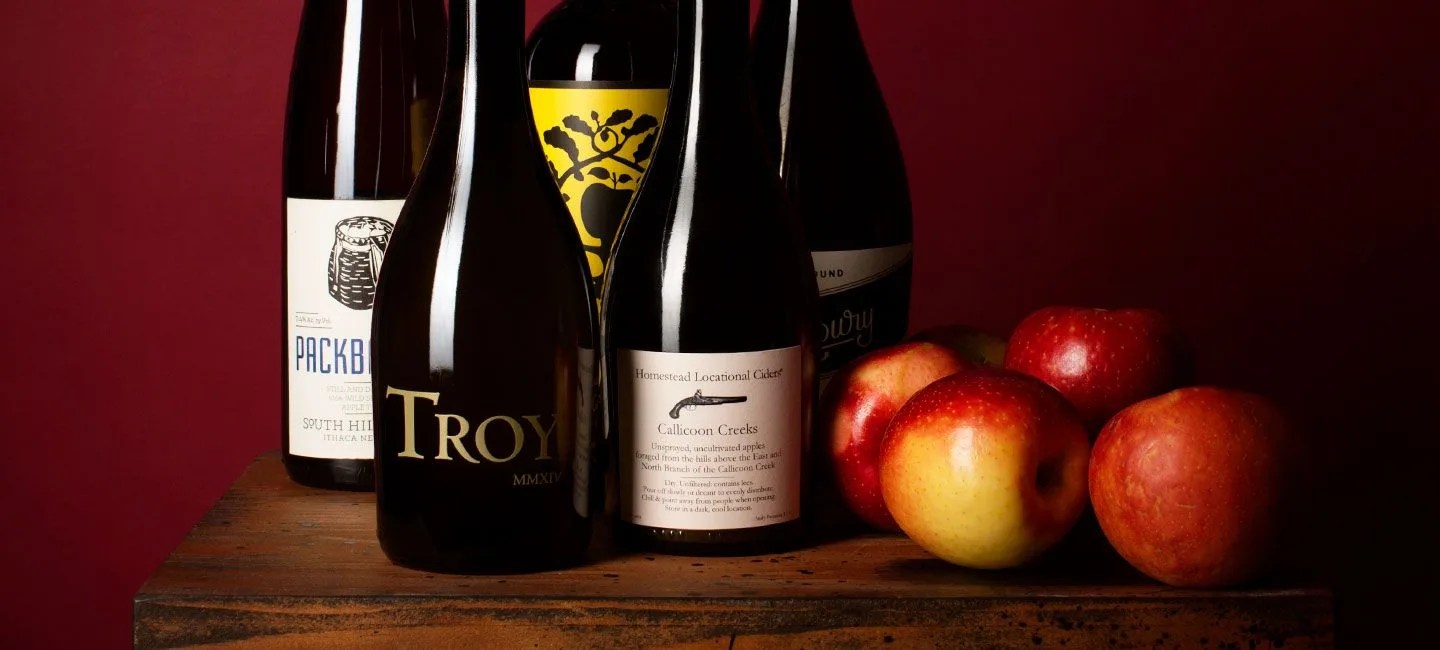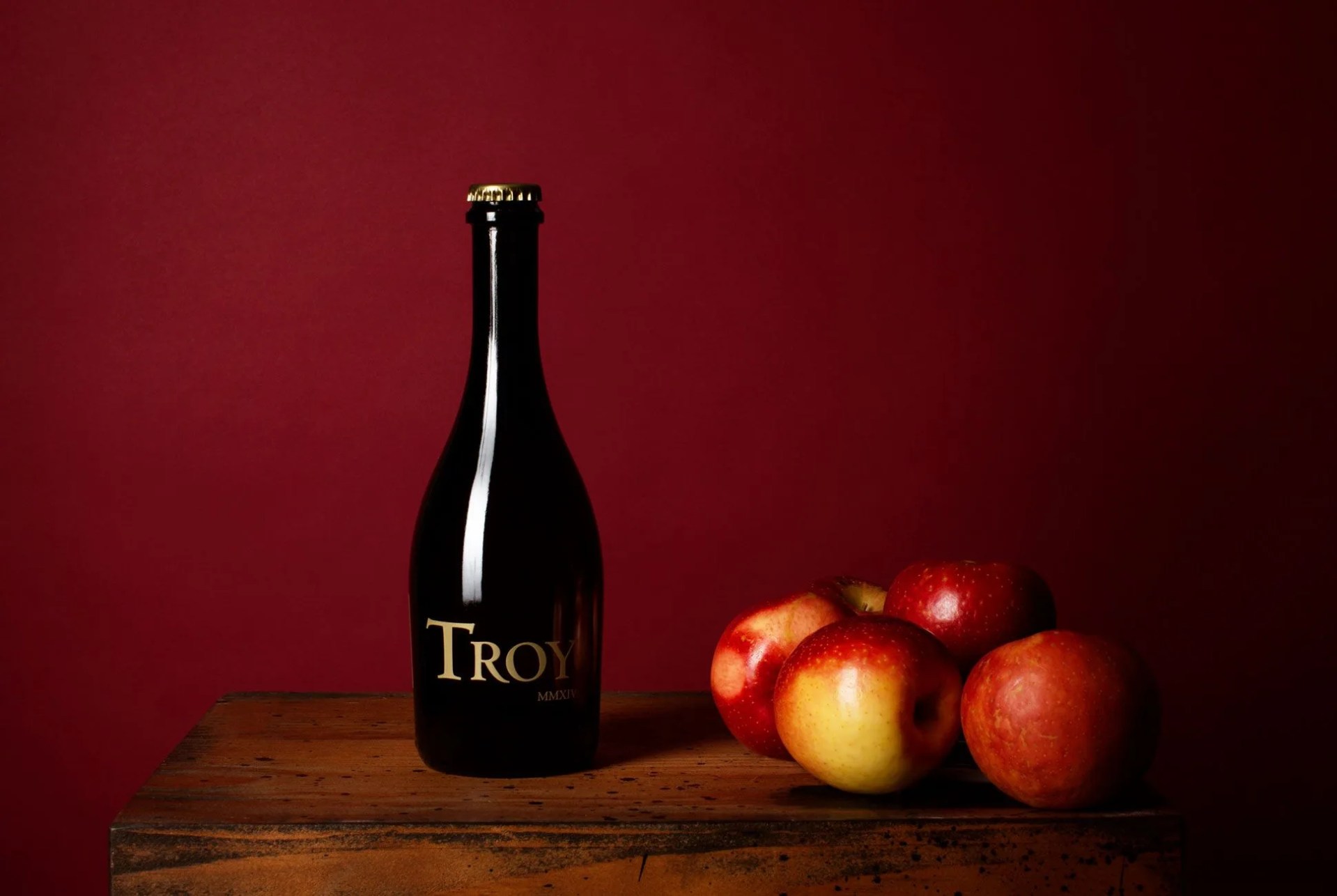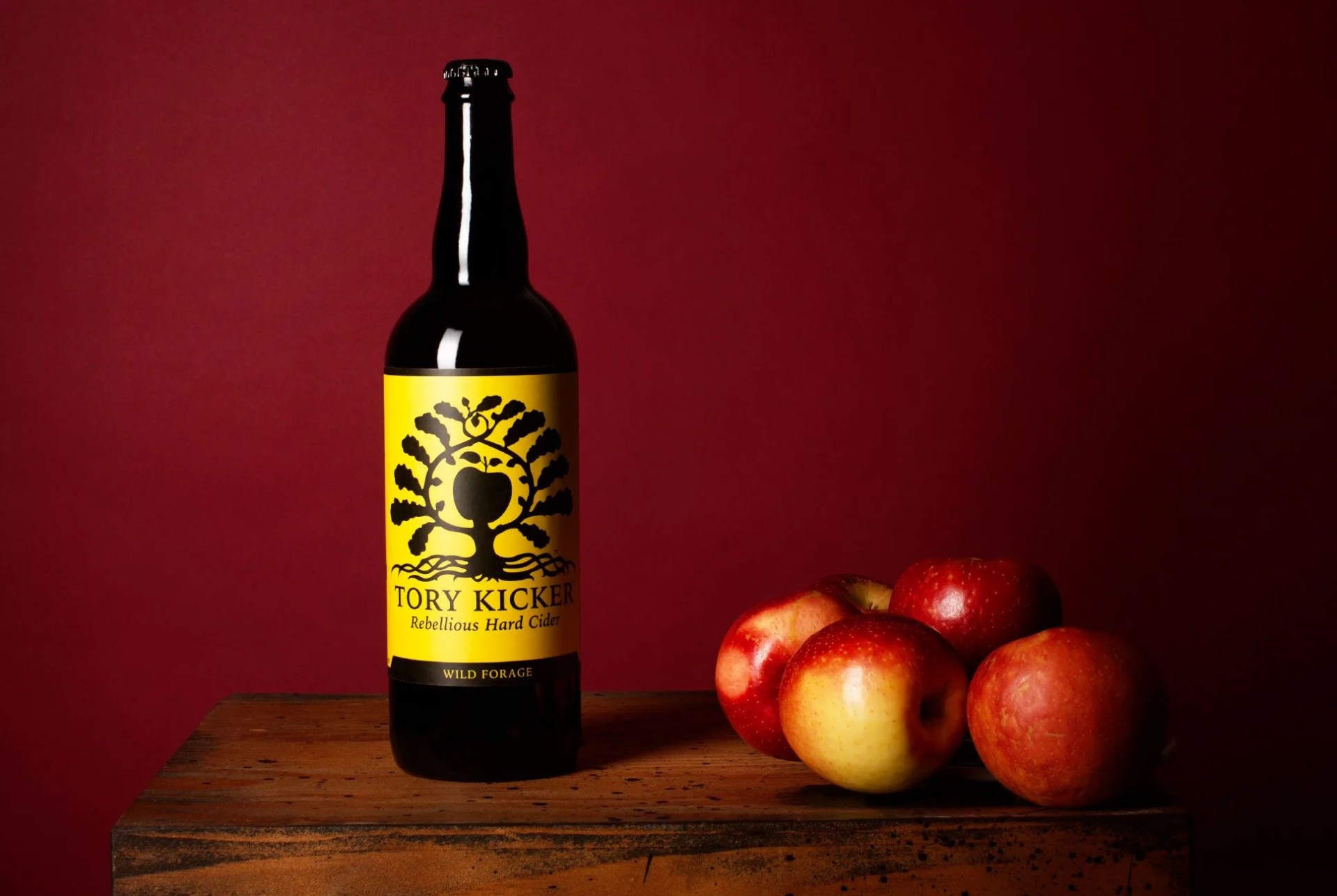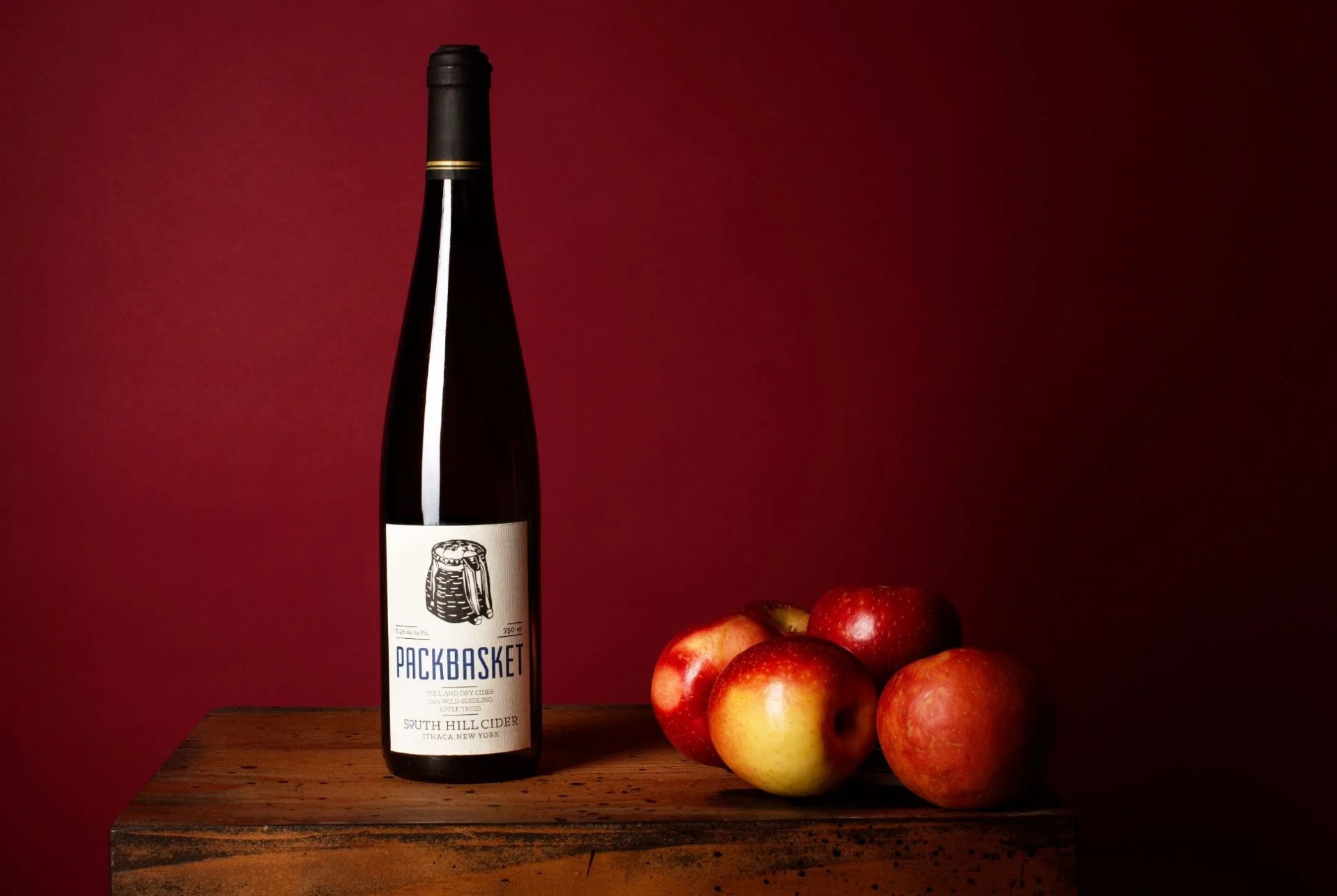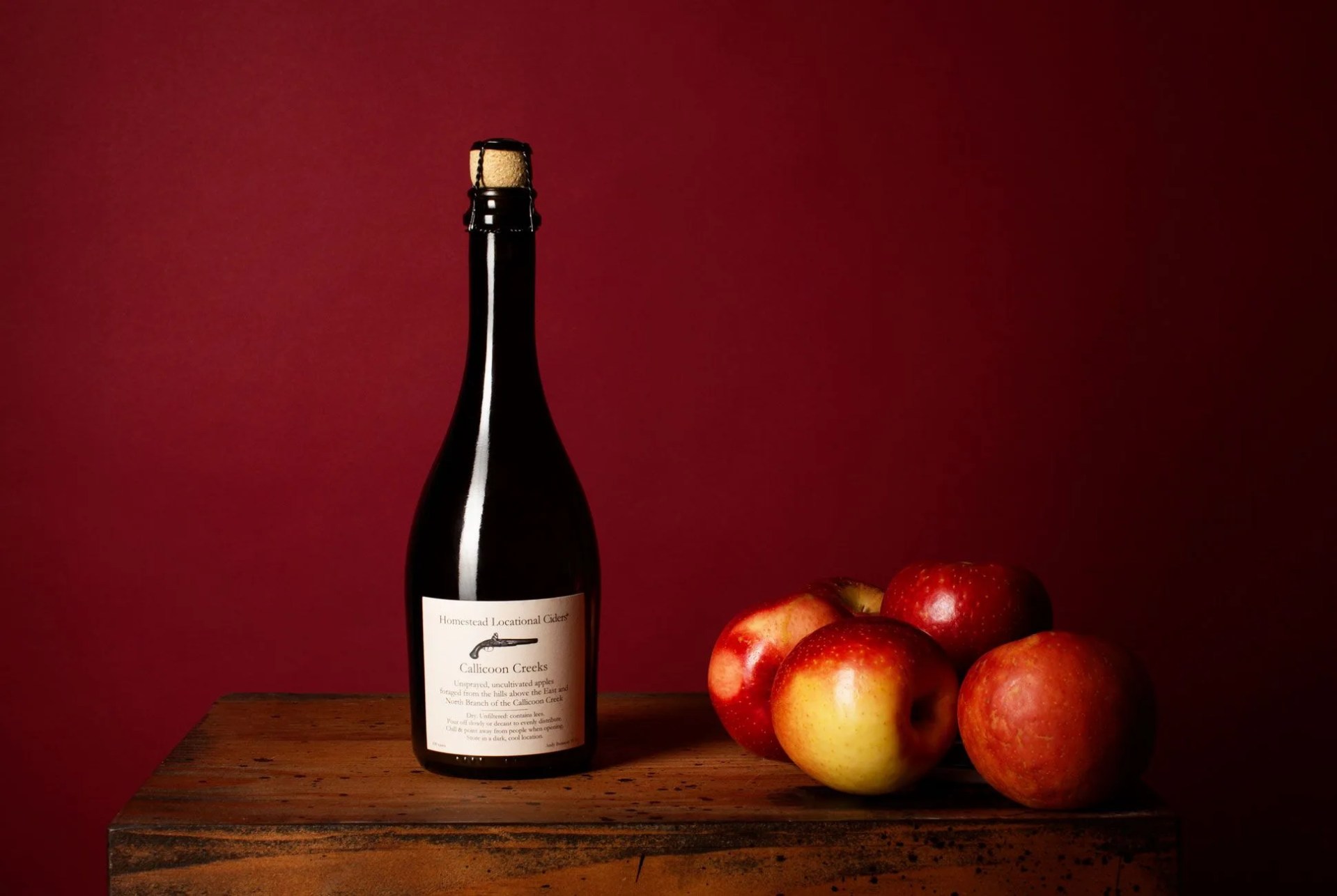Baked into a pie, the apple is the uncontested benchmark of Americanism. Eating one a day alleges health and well-being. Yet the fruit we know today bears little resemblance to the apples that Johnny Appleseed sowed during the 18th century.
Under the National Prohibition Act of the early 1900s, law enforcement officials razed apple orchards across the nation to put a stop to clandestine cider production. What trees remained were domesticated to yield dessert apples (the fruit most Americans now recognize), and cider production came to a virtual halt.
But now, with curious palates roused by craft beer’s meteoric rise and an increase in gluten-related dietary restrictions (cider, made of little more than apples and yeast, is naturally gluten free), the seeds of an American cider revolution are sprouting.
In 2010, New York’s Aaron Burr Cidery released the first licensed cider to be made from uncultivated apples in the United States since Prohibition. In subsequent years, a handful of cider makers have followed suit, pressing apples collected from trees left untouched for decades. Some have acquired long-forgotten orchards; others graft old cultivars to sow new orchards; an even smaller category of brewers forage wild apples, trekking up mountains and into the woods in search of forgotten trees.
What results from the pressing and fermentation is a beverage with a complexity akin to wine, influenced by regional terroir — not the cloying sweetness of mass-market ciders. Below, we’ve gathered five ciders made from forgotten apples that are worth tracking down. After all, the hunt is half the fun.
Shacksbury 2015 Lost and Found
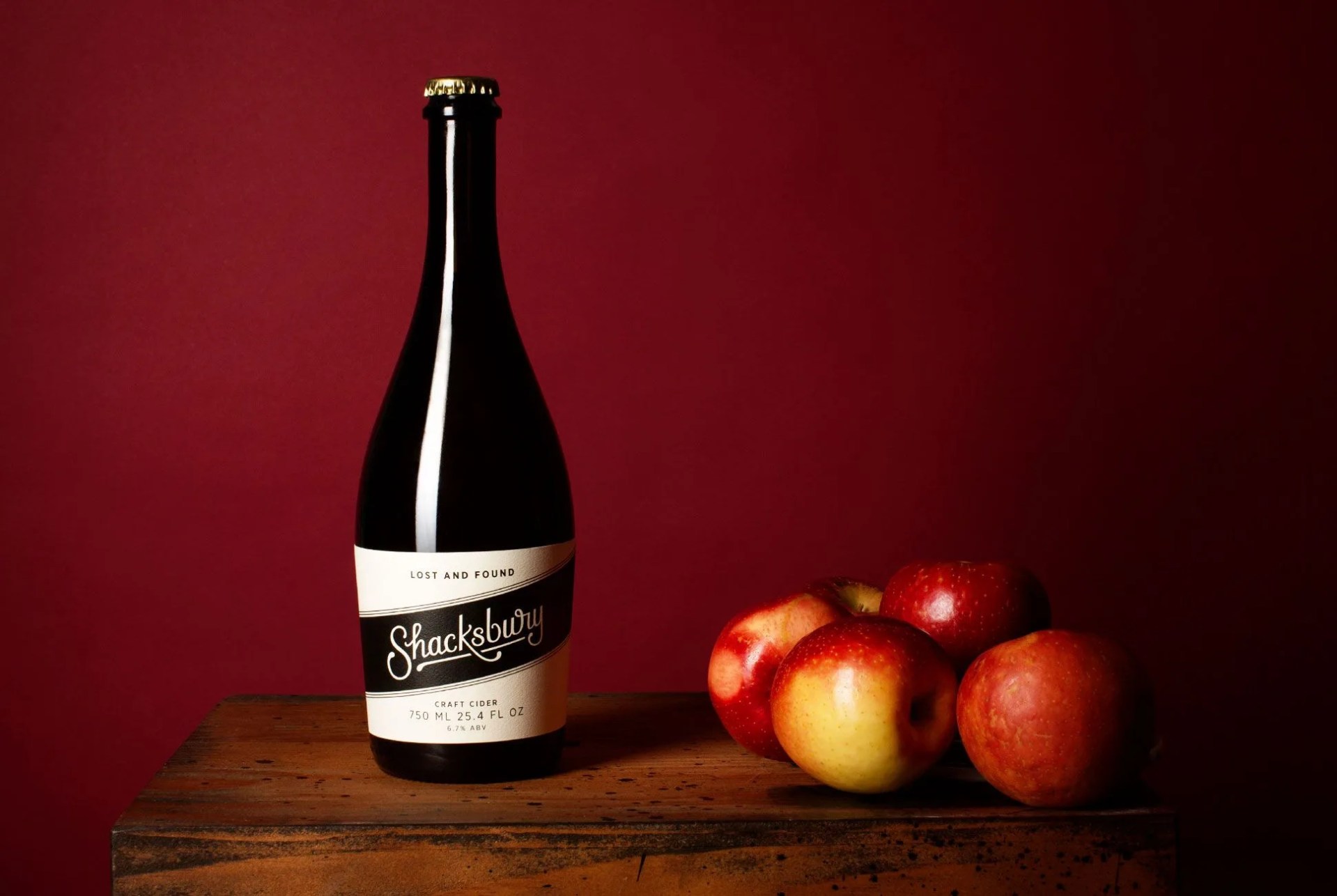
Lost and Found is Vermont-based Shacksbury’s flagship foraged cider, pressed from apples found in the Champlain Valley, with notes of apricot, salt and wood. With the goal of preserving unique wild apple varieties, Shacksbury created the Lost Apple Project in 2013, hunting for abandoned apple trees and grafting exceptional cultivars into its Lost Apple Orchard.
